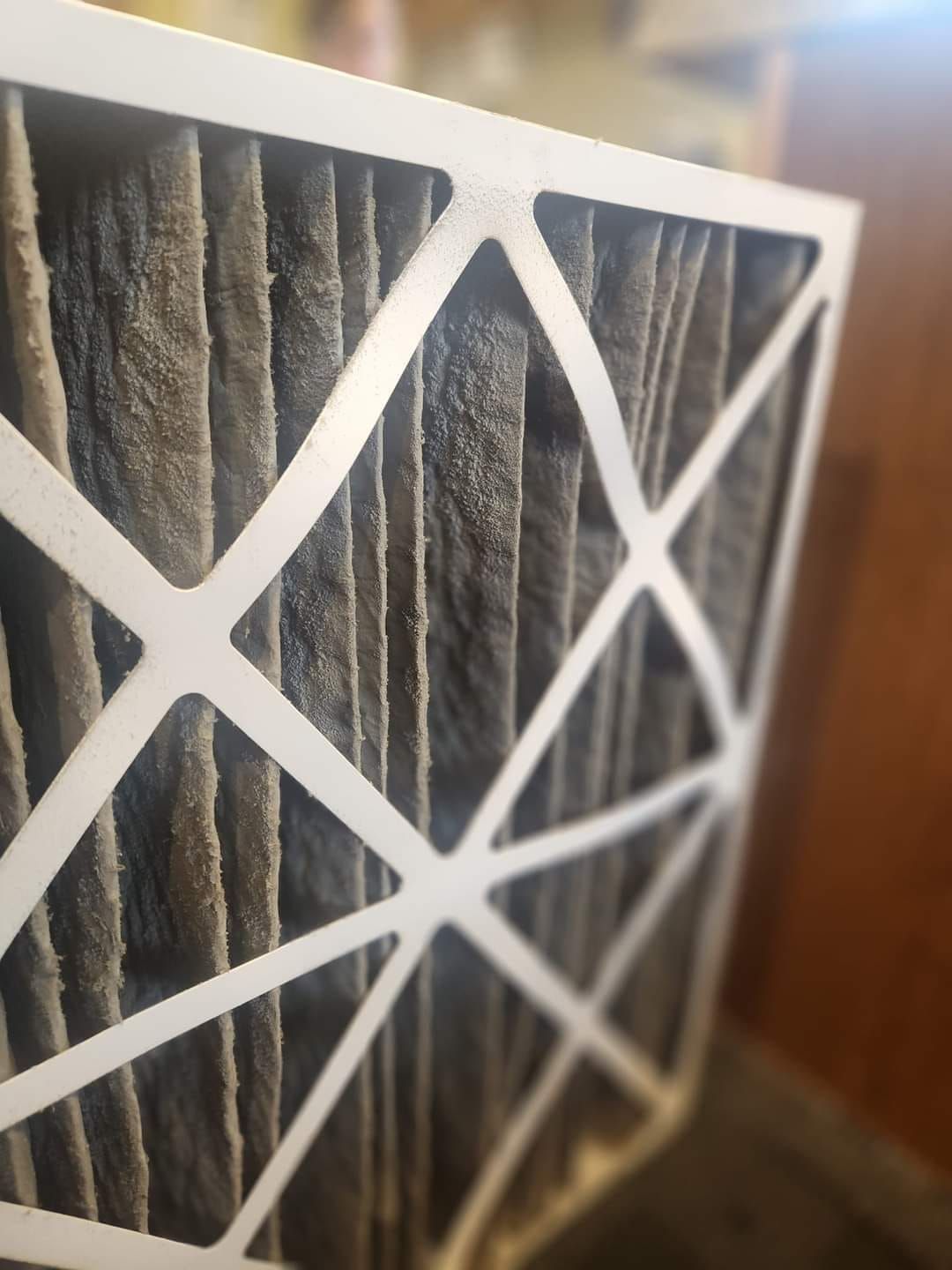Harnessing the Earth's Energy: A Homeowner's Guide to Geothermal Heating and Cooling
GeoThermal Systems
Geothermal heating and cooling systems utilize the Earth's stable underground temperature to regulate your home's climate. By installing a heat pump system that exchanges heat with the ground, these systems provide efficient heating in winter and cooling in summer.
How It Works
A geothermal system consists of a heat pump, an air delivery system (ductwork), and a heat exchanger—a system of pipes buried in the shallow ground near your home. In winter, the heat pump removes heat from the heat exchanger and pumps it into your home. In summer, the process reverses, and the heat pump moves heat from your house into the heat exchanger.
Benefits
- Energy Efficiency: Geothermal systems are among the most energy-efficient heating and cooling systems available, often reducing energy bills by 30-60%.
- Environmental Impact: By using renewable energy from the Earth, these systems reduce greenhouse gas emissions.
- Longevity: Geothermal heat pumps typically last 25 years or more, and the underground loop system can last over 50 years.
Considerations
- Installation Costs: While the initial investment is higher than traditional HVAC systems, the long-term savings on energy bills can offset the upfront costs.
- Space Requirements: Installing a geothermal system requires sufficient land area for the heat exchanger.
- Local Climate: Geothermal systems are effective in various climates, but performance can vary based on local soil conditions and temperature.
Is It Right for You?
If you're a homeowner in Wentzville, Missouri, considering a sustainable and cost-effective heating and cooling solution, a geothermal system could be a viable option. Consulting with a local HVAC professional can help determine if this system suits your home's specific needs and site conditions.
By opting for a geothermal system, you invest in a reliable, energy-efficient, and environmentally friendly solution that can enhance your home's comfort and reduce your carbon footprint.





